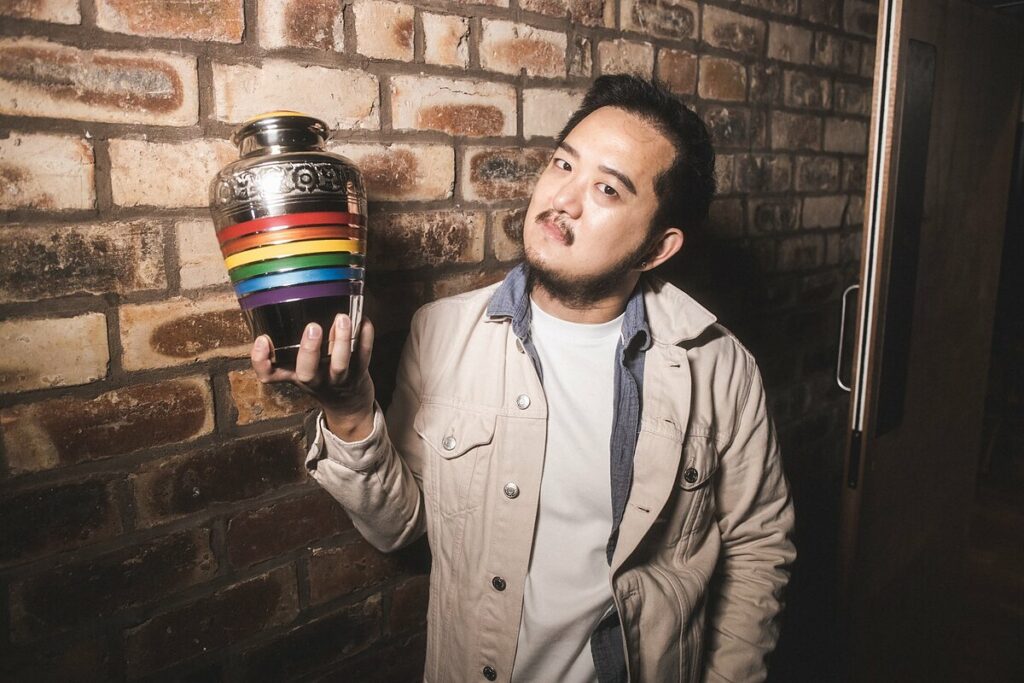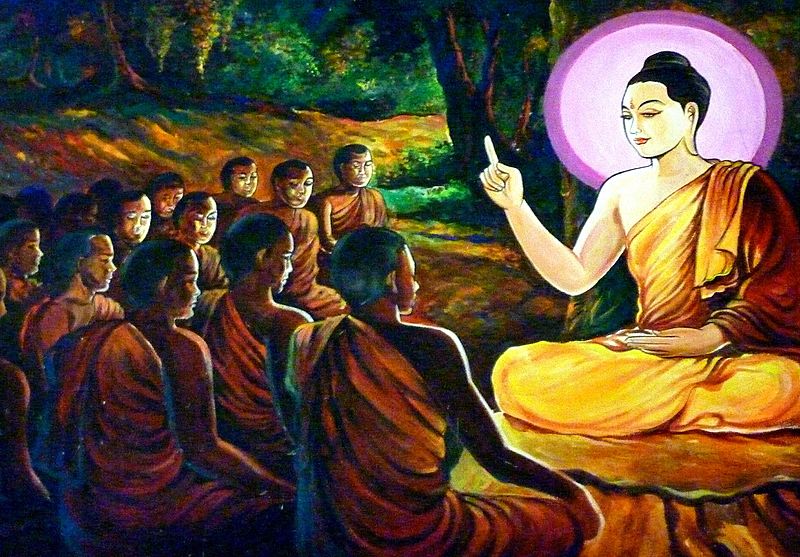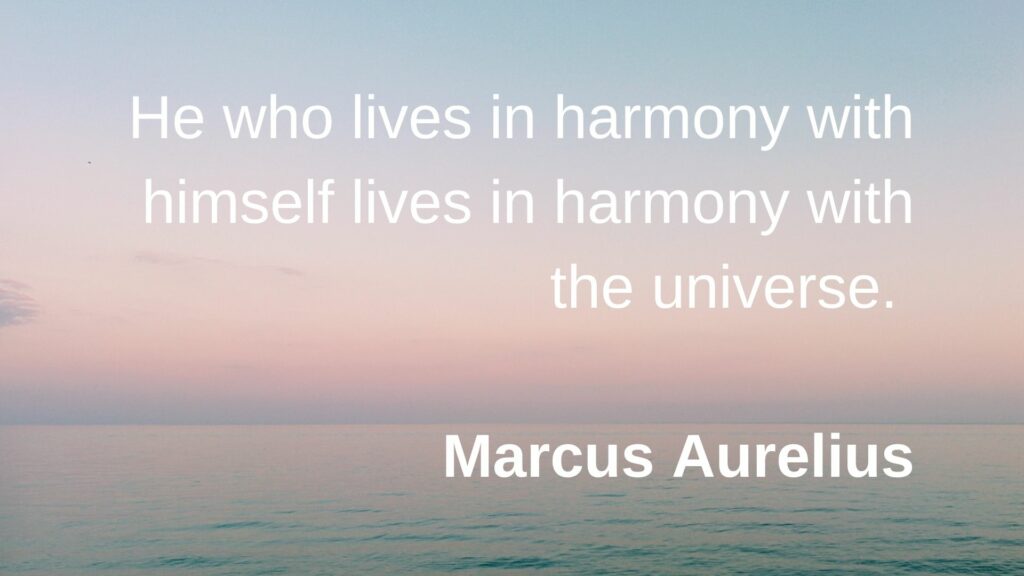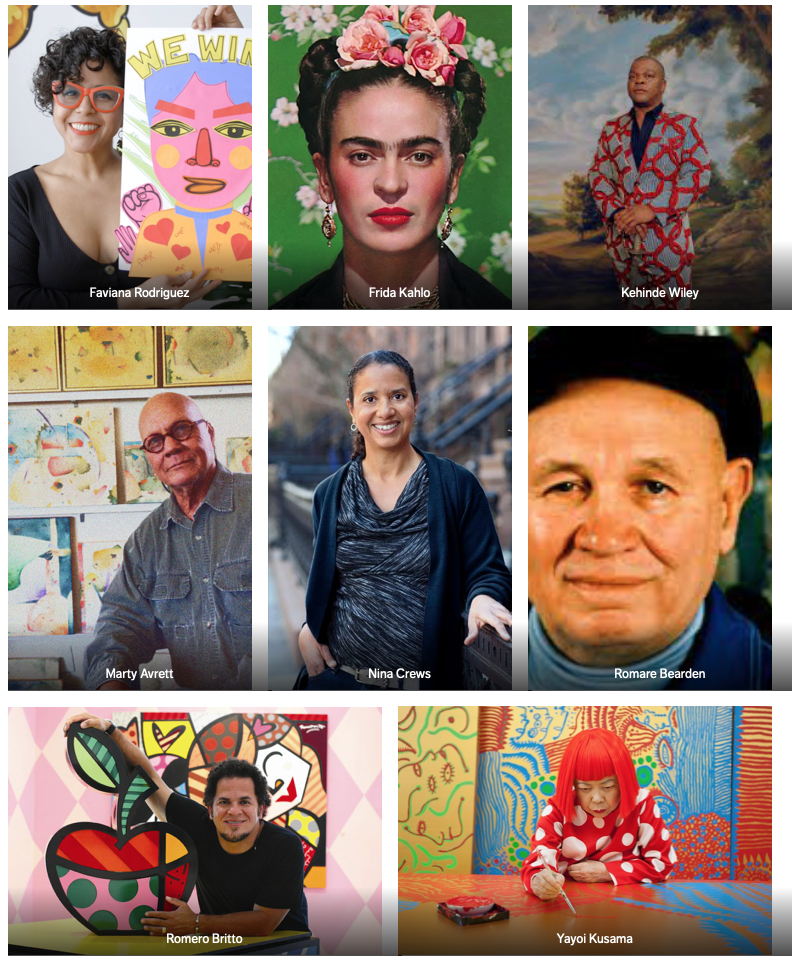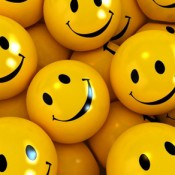Food insecurity, a pervasive global issue, affects individuals and families across all economic strata, stemming from insufficient resources or restricted access to safe, nutritious food. Its ramifications extend beyond hunger, manifesting in compromised physical and mental well-being, diminished academic performance in children, and increased prevalence of chronic illnesses like diabetes and heart disease. Often synonymous with “food poverty,” it diverges from food shortages, which denote insufficient food supplies in a given area. Rather, food insecurity arises from economic challenges such as poverty or unemployment, rendering existing food resources inaccessible to certain demographics.
Food insecurity has a deeply rooted history in the United States, stretching back to colonial times when farmers grappled with erratic harvests. The Great Depression of the 1930s amplified this issue as widespread job losses left many without means to feed themselves. President Lyndon Johnson’s declaration of a “war on poverty” in the 1960s highlighted the nation’s growing concern over food insecurity, which has since remained intertwined with poverty. Presently, over 40 million Americans, roughly one in eight households, face food insecurity, impacting diverse demographics such as children, the elderly, low-wage earners, rural residents, and racial minorities. Moreover, women bear a disproportionate burden of this challenge.
Signs of Food Insecurity
Signs of food insecurity encompass skipping meals, reducing portion sizes, facing trade-offs between food and essential expenses like rent, and turning to food assistance programs for support.
Below, Verywell Mind has compiled a list of the most common signs of food insecurity:
- Shifting meal patterns—skipping meals, eating smaller meals, or relying on less expensive items like macaroni and cheese instead of healthier foods
- Inability to store food—food may spoil quickly due to lack of refrigeration or other storage solutions.
- Low energy levels—lack of nutritious foods can lead to fatigue, headaches, and other health issues.
- Worrying about running out of food—constant concern about having enough food for the family.
- Physical changes—weight loss or gain due to insufficient access to healthy diets.
Tips for Reducing Food Insecurity
Verywell Mind has also listed suggestions for individuals and communities seeking to alleviate food insecurity:
- Support food banks and other organizations that provide meals or groceries to those in need.
- Encourage local businesses to donate unsold items to food banks or other organizations.
- Advocate for public policies that prioritize access to nutritious foods in areas where food deserts exist.
- Volunteer at soup kitchens, shelters, or other local organizations providing meals for the hungry in your community.
- Educate yourself and others about the signs of food insecurity and how to identify it in your own life or that of another person.
- Start a community garden to provide fresh fruits and vegetables to those in need.
- Donate money or other items (e.g., canned goods, non-perishable foods) to organizations providing meals for the hungry in your community.
- Create a support system of family members, friends, neighbors, and co-workers who can help provide resources or meals when needed.
- Provide emotional support and understanding to those going through food insecurity—listen without judgment or offering unsolicited advice.
- Encourage public discussion about food insecurity—raise awareness by starting conversations with friends and family about the issue.
Food insecurity poses a significant global challenge, impacting millions and causing profound physical, mental, and social hardships. Engaging in actions like donating, volunteering, advocating for policy reform, and establishing support networks can significantly alleviate this issue for affected individuals and families. If you or someone you know is experiencing food insecurity, seeking assistance from organizations such as Feeding America can offer valuable support and resources.
Reference:https://www.verywellmind.com/what-is-food-insecurity-7097382

